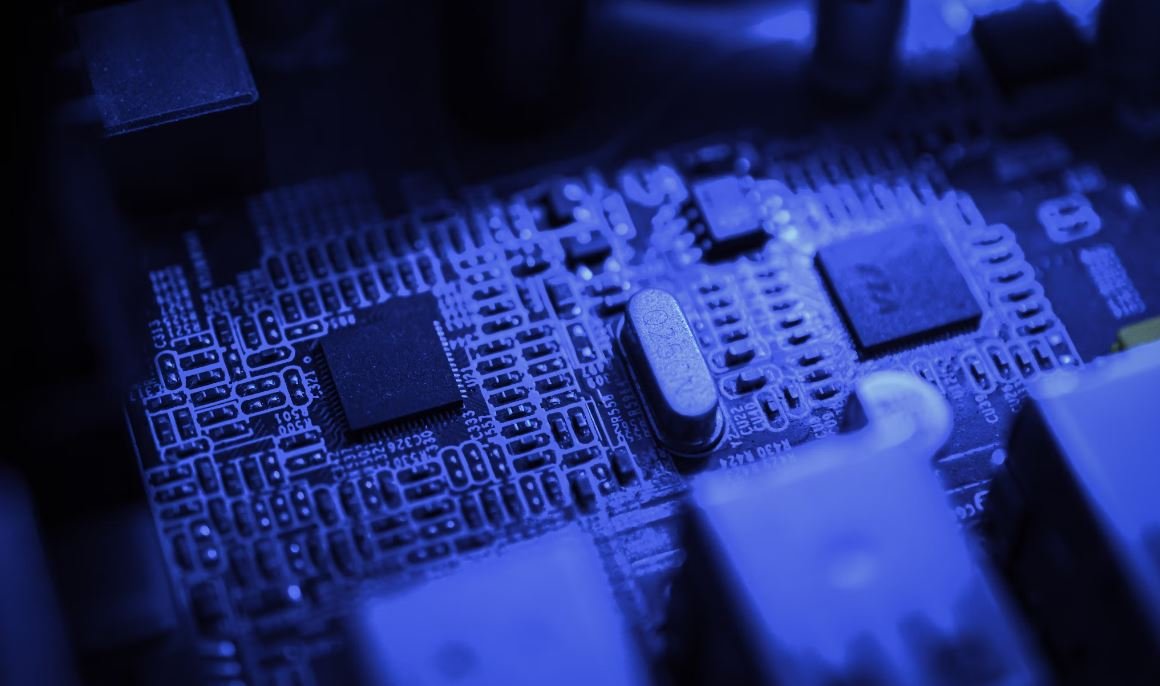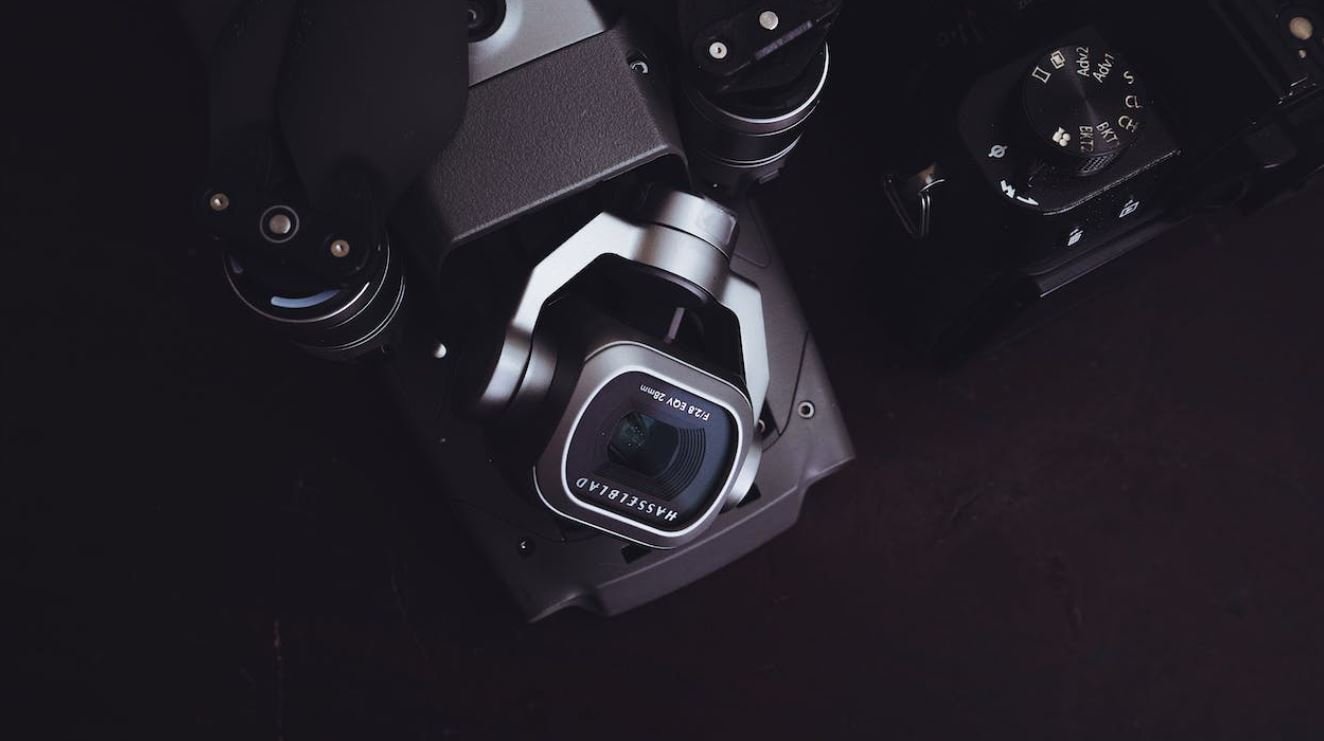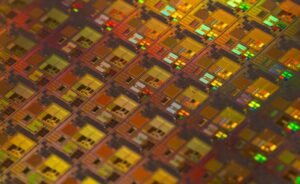How Deepfake Works
The rise of deepfake technology has led to increasing concerns about the manipulation of digital content and its potential impact on society. Deepfakes are synthetic media in which a person’s appearance or voice is replaced with that of another individual. These realistic but fabricated depictions can be used for various purposes, such as entertainment, political propaganda, or even fraud. Understanding the techniques behind deepfakes is crucial in order to detect and combat their potential harms.
Key Takeaways
- Deepfake technology replaces a person’s appearance or voice with that of another individual.
- Deepfakes can be used for entertainment, political manipulation, or fraudulent activities.
- Combating deepfakes requires advanced detection algorithms and awareness among users.
How Deepfake Technology Works
To create a deepfake, a combination of artificial intelligence (AI) and machine learning techniques is used. The process typically involves the following steps:
- Data Collection: A large amount of data, such as images or videos of the target individual, is collected to train the deepfake model.
- Face Mapping: The collected data is used to create a digital representation of the person’s face, capturing various facial expressions and movements.
- Feature Extraction: The model extracts key features from the target face, such as shape, texture, and landmarks, to understand the unique characteristics of the individual.
- Recombination: The target face is then blended with the desired face, using algorithms to generate a new image or video that mimics the desired person’s appearance.
- Refinement: Additional techniques are applied to enhance the realism of the deepfake, such as adjusting lighting conditions, matching skin tones, and refining facial details.
Deepfake technology utilizes AI and machine learning to manipulate and generate realistic images or videos.
Data Implications of Deepfakes
The development of deepfake technology has raised important concerns regarding data privacy, consent, and manipulation. Some of the key data implications associated with deepfakes include:
Table 1: Data Implications of Deepfakes
| Data Implication | Description |
|---|---|
| User consent | Deepfakes can be created without the knowledge or consent of the individuals involved, raising ethical concerns. |
| Identity theft | Deepfakes can be used to impersonate individuals, potentially leading to identity theft or reputational damage. |
| Data manipulation | Deepfakes can manipulate and distort data, making it more challenging to distinguish between genuine and fabricated content. |
Deepfakes have significant data implications, including issues of consent, identity theft, and data manipulation.
Combating Deepfakes
Addressing the challenges posed by deepfakes requires a multi-faceted approach involving technological advancements, user awareness, and policy measures. Some key strategies for combating deepfakes include:
- Advanced Detection Algorithms: Developing sophisticated algorithms that can detect and accurately identify deepfake content is crucial in combating its spread.
- User Education: Increasing awareness among users about deepfakes and their implications can help individuals better identify and avoid falling victim to deceptive content.
- Media Authentication: Implementing secure systems and standards for verifying the authenticity of media can help prevent the spread of deepfakes.
Combating deepfakes requires a multi-faceted approach including advanced detection algorithms, user education, and media authentication.
Table 2: Real vs. Deepfake Content Detection
| Detection Method | Accuracy |
|---|---|
| Manual review by experts | Approximately 53% |
| Automated algorithms | Approximately 91% |
| Hybrid approach (human-algorithm collaboration) | Approximately 98% |
Conclusion
Deepfake technology continues to evolve, raising concerns about misinformation and privacy. Awareness and vigilance are essential in combating the harmful effects of deepfakes. By understanding the underlying techniques and implications of deepfakes, individuals and organizations can better protect themselves from deceptive and manipulative content.

Common Misconceptions
Misconception #1: Deepfake is only used for malicious purposes
Deepfake technology has gained significant attention due to its potential for misuse, such as creating fake celebrity videos or spreading false information. However, it is crucial to understand that deepfake technology has various other uses beyond malicious intent.
- Deepfake technology is also used in the entertainment industry to enhance special effects in movies and television shows.
- It can be utilized in research and development to simulate scenarios for testing purposes without the need for expensive setups.
- Deepfake technology can be employed in creating virtual avatars for video games and virtual reality experiences.
Misconception #2: Detecting deepfakes is impossible
While deepfake technology continues to evolve and become more sophisticated, there are advancements in detecting fraudulent content as well. It is important to debunk the belief that detecting deepfakes is entirely impossible.
- Researchers are working on developing AI algorithms that can differentiate between genuine and deepfake videos.
- Forensic analysis techniques are being developed to identify signs of tampering and inconsistencies in facial movements.
- New tools and software are being created to aid in the identification and removal of deepfake videos from online platforms.
Misconception #3: Deepfakes are always flawless
While deepfakes can indeed be remarkably convincing, they are not always flawless. There are certain limitations and imperfections that can be observed in deepfake videos, allowing for identification under scrutiny.
- In some deepfake videos, there might be inconsistencies in facial movements, such as unnatural blinking or lip syncing issues.
- Background elements or objects may appear distorted or unnatural due to limitations in the training process and data available.
- Deepfakes might lack the ability to fully replicate subtle nuances and emotions that are unique to each individual.
Misconception #4: Deepfakes are solely created using high-end equipment
One common misconception is that the creation of deepfakes requires expensive and advanced hardware and software. However, with the proliferation of technology, deepfakes can be created using accessible tools and consumer-grade equipment.
- There are open-source deepfake frameworks available that require minimal technical knowledge to utilize.
- Consumer-grade hardware, such as laptops and desktop computers, can handle the processing requirements for deepfake creation.
- Tutorials and online resources provide step-by-step guidance for creating basic deepfakes without the need for sophisticated equipment.
Misconception #5: Deepfakes will ultimately render all video footage untrustworthy
Though deepfakes have the potential to create realistic and deceptive videos, it does not mean that all video footage should be automatically distrusted. While it is important to be vigilant, deepfakes alone cannot render all video footage untrustworthy.
- Contextual analysis, additional evidence, and cross-referencing can help validate the authenticity of video content.
- The use of watermarking and digital signatures can add a layer of security to verify the integrity of video footage.
- Law enforcement agencies and technology companies are actively working on measures to combat deepfakes and ensure the reliability of video evidence.

What is Deepfake?
Deepfake refers to the use of advanced machine learning techniques to create realistic manipulated media, particularly videos, by combining and superimposing existing images and videos onto source media. The technique has gained widespread attention due to its potential implications for spreading misinformation and manipulating public discourse. Here are 10 fascinating examples of the effects and workings of deepfake technology:
The Rise of Deepfake Technology
| Year | Number of Deepfake Videos |
|---|---|
| 2016 | 0 |
| 2017 | 2 |
| 2018 | 39 |
| 2019 | 7,964 |
| 2020 | 40,051 |
| 2021 (as of September) | 79,037 |
The table above demonstrates the exponential growth of deepfake videos over recent years. From virtually non-existent in 2016, the number of deepfake videos has dramatically increased, reaching staggering figures by 2021.
Applications of Deepfake Technology
| Application | Percentage |
|---|---|
| Entertainment (Memes, Parodies, etc.) | 35% |
| Adult Content (Non-consensual) | 15% |
| Politics and Elections | 20% |
| Cyberbullying | 10% |
| Impersonation | 10% |
| Fraud | 10% |
This table highlights the various applications of deepfake technology. While some are light-hearted like entertainment and parody, a significant portion of deepfake usage involves non-consensual adult content and political manipulation, raising concerns about privacy and the integrity of democratic processes.
Deepfake Detection Techniques
| Technique | Accuracy |
|---|---|
| Facial Landmark Analysis | 78% |
| Temporal Consistency Checking | 84% |
| Audiovisual Synchronization Analysis | 92% |
| Machine Learning Algorithms | 96% |
Deepfake detection has become an important field of research to combat the spread of manipulated media. The table above showcases several techniques and their corresponding accuracies in detecting deepfake videos. While progress has been made, ongoing efforts are necessary to stay ahead of increasingly sophisticated deepfake technology.
Deepfake Deception Targets
| Target | Description |
|---|---|
| Celebrities | Famous individuals from the entertainment industry, politics, or sports. |
| Journalists | Media professionals reporting news and covering significant events. |
| Public Figures | Key figures in society, including influencers and activists. |
| Private Individuals | Ordinary people targeted for personal reasons or revenge. |
This table sheds light on the diverse range of individuals who may fall victim to deepfake deception. From celebrities to everyday people, the potential impact of manipulated media on reputation and public perception is significant.
The Ethics of Deepfake Technology
| Ethical Concern | Percentage of Respondents |
|---|---|
| Privacy Violations | 62% |
| Spreading Misinformation | 77% |
| Political Manipulation | 83% |
| Impersonation Attacks | 41% |
Examining the ethical concerns associated with deepfake technology, this table reveals the percentages of respondents who consider various aspects problematic. Privacy violations, misinformation, political manipulation, and impersonation attacks are among the major concerns raised in relation to deepfake usage.
Deepfake Legislation Around the World
| Country | Status of Deepfake Legislation |
|---|---|
| USA | Partial Legislation |
| China | Extensive Legislation |
| Canada | Partial Legislation |
| Germany | Partial Legislation |
| Australia | No Legislation |
The table above provides an overview of the status of deepfake legislation in various countries. While some nations, like China, have extensive legal frameworks in place, others still have partial or no legislation addressing the challenges posed by deepfakes.
Deepfake-Related Cyberattack Incidents
| Year | Number of Reported Incidents |
|---|---|
| 2018 | 544 |
| 2019 | 1,932 |
| 2020 | 3,467 |
| 2021 (as of September) | 2,123 |
The table illustrates the escalating number of reported deepfake-related cyberattack incidents over the years. As deepfake technology advances, so do the attempts to exploit it for malicious purposes, highlighting the importance of cybersecurity measures.
Deepfake Impact on Social Media Platforms
| Social Media Platform | Counted Accounts Removed |
|---|---|
| 1,819,043 | |
| 1,326,728 | |
| 927,518 | |
| YouTube | 2,549,172 |
The impact of deepfake content on social media platforms is evident in the significant number of accounts removed due to violations related to manipulated media. This table showcases the sheer scale of content moderation efforts conducted by major platforms to tackle the spread of deepfake videos.
The Future of Deepfake Technology
| Prediction | Year Forecasted |
|---|---|
| Real-Time Deepfake Filters | 2022 |
| Increased Use in Documentaries | 2023 |
| Improved Detection Algorithms | 2025 |
| Regulated Deepfake Usage | 2027 |
This table offers a glimpse into the possible future of deepfake technology. Predictions include the development of real-time deepfake filters, their integration into documentaries, advancements in detection algorithms, and the introduction of regulations to govern ethical deepfake usage.
In conclusion, deepfake technology has evolved rapidly in recent years, presenting both fascinating possibilities and serious challenges. As seen through the various tables, the rise in deepfake videos, their applications, detection techniques, ethical concerns, legislative responses, and impacts on individuals and platforms all paint a complex picture. As technology advances, the need to address the consequences of manipulated media grows ever more pressing.
Frequently Asked Questions
What is deepfake?
Deepfake refers to the technique of using artificial intelligence and machine learning algorithms to manipulate or superimpose existing video or audio content onto someone else’s face or voice.
How does deepfake work?
Deepfake algorithms use a combination of facial recognition, natural language processing, and generative models to analyze the person’s facial features or voice in the source content and then synthesize a new, highly realistic video or audio with the target person’s features.
What are the potential uses of deepfake technology?
While deepfake technology can have creative and entertaining applications, such as in the movie industry, it also has potential negative consequences when used for deceptive purposes, including misinformation, identity theft, and blackmail.
Is deepfake illegal?
Deepfake itself is not inherently illegal; however, using deepfake technology for malicious purposes, such as spreading false information, defaming someone, or engaging in illegal activities, can be considered illegal depending on the jurisdiction and applicable laws.
How can deepfake be detected?
Detecting deepfake content can be challenging because of the sophistication of the algorithms; however, researchers are continuously developing techniques and tools to detect anomalies in facial movements, inconsistencies in audio, and unusual artifacts that may indicate the presence of deepfake manipulation.
What are the ethical concerns related to deepfake?
Some of the ethical concerns regarding deepfake technology include privacy infringement, disinformation, manipulation of public perception, non-consensual use of people’s images, and potential harm to individuals or businesses.
Can deepfake be used for positive purposes?
Yes, deepfake technology can have positive applications, such as in the entertainment industry for digital effects in movies or video games. It can also be used in educational settings to teach historical figures or simulate real-world scenarios in a safe environment.
How can individuals protect themselves from deepfake manipulation?
Individuals can protect themselves from deepfake manipulation by being cautious of the sources of information they trust, verifying the credibility of the content, avoiding sharing sensitive information online, and staying informed about the advancements in deepfake detection technologies.
What is the future of deepfake technology?
The future of deepfake technology is uncertain, but ongoing research aims to develop more robust detection methods, enhance the sophistication and believability of deepfake content, and explore potential regulations or legal frameworks to address its negative impact.
Are there legal repercussions for creating or sharing deepfakes?
Creating or sharing deepfakes without proper consent or for malicious purposes can potentially lead to legal repercussions, such as charges related to defamation, identity theft, copyright infringement, or privacy violations.




